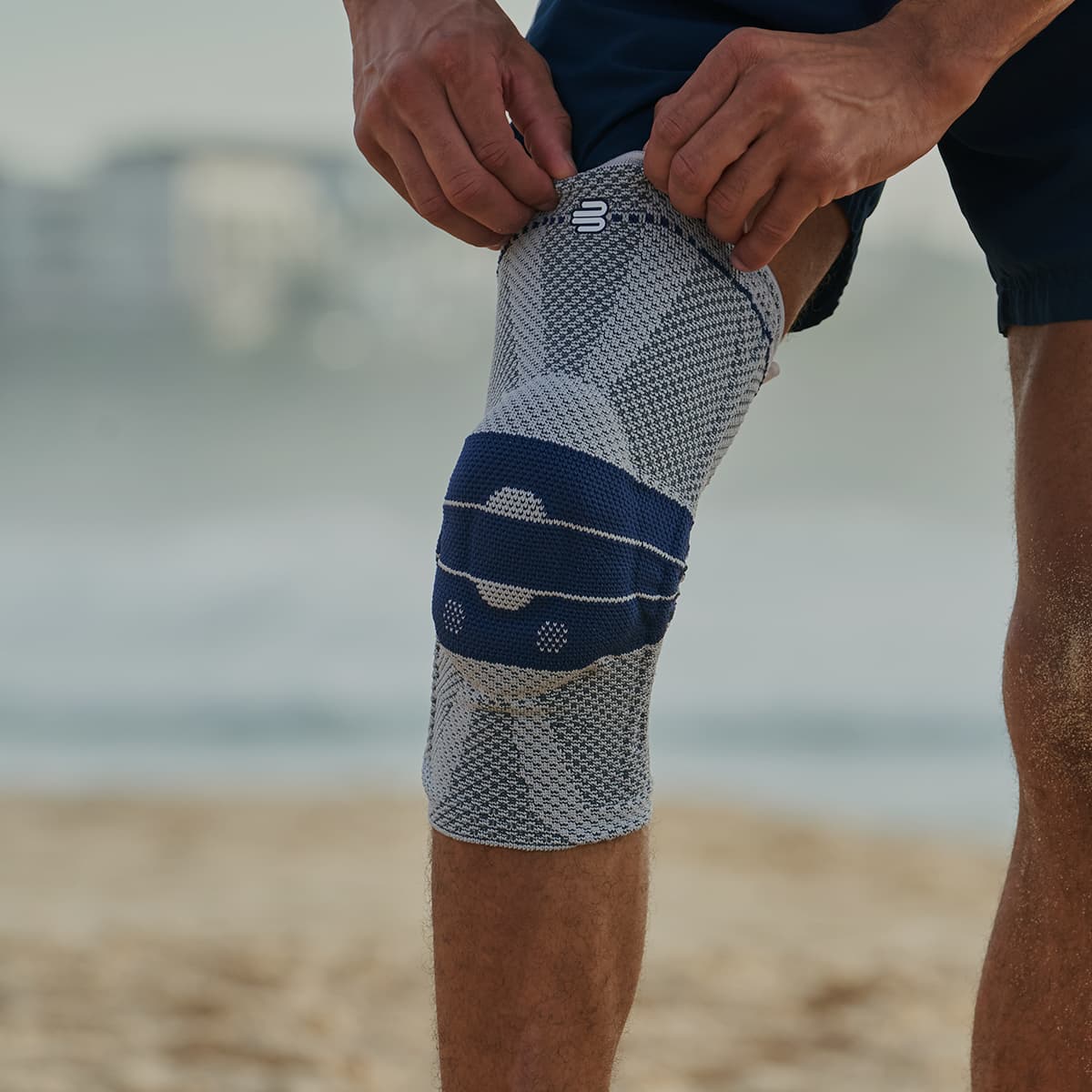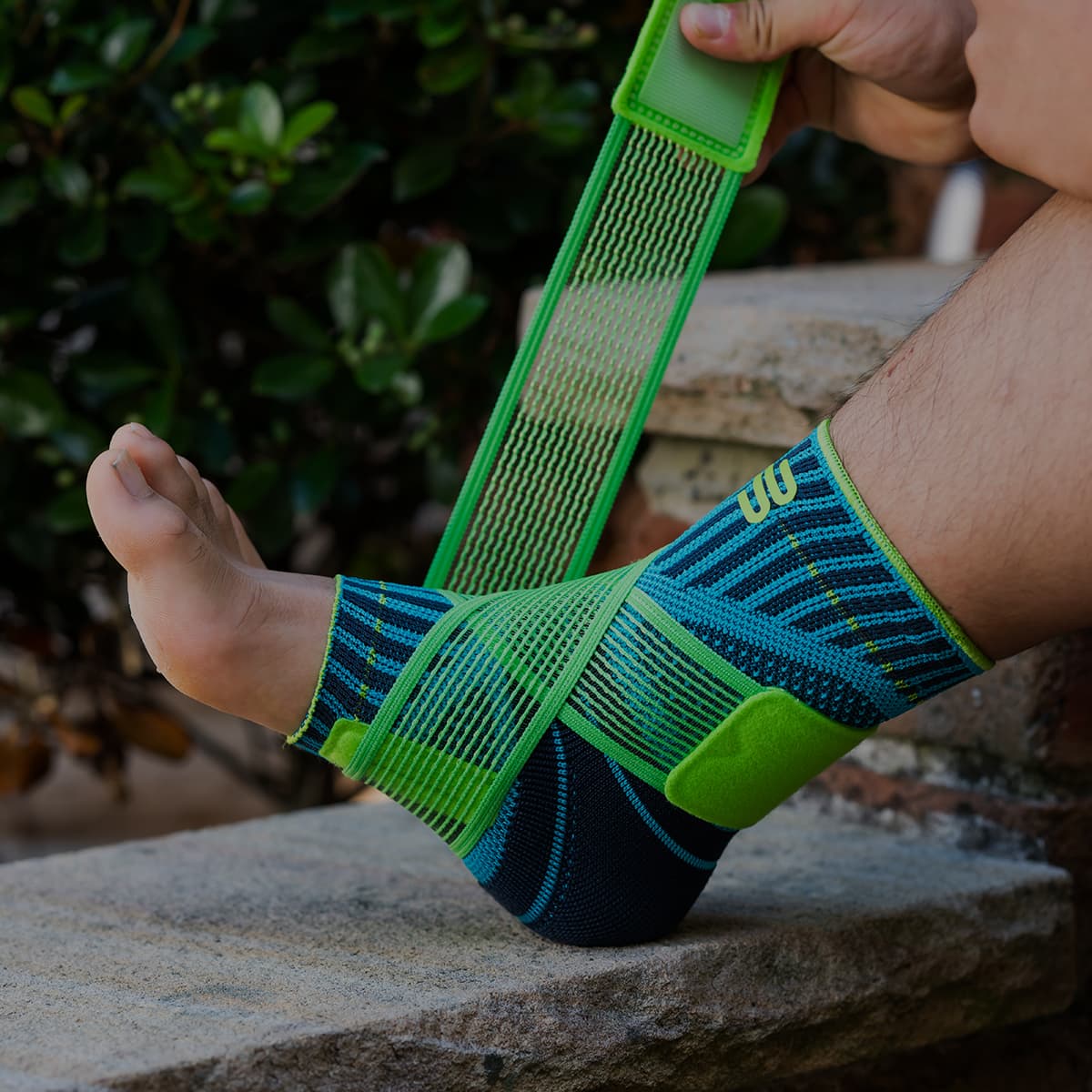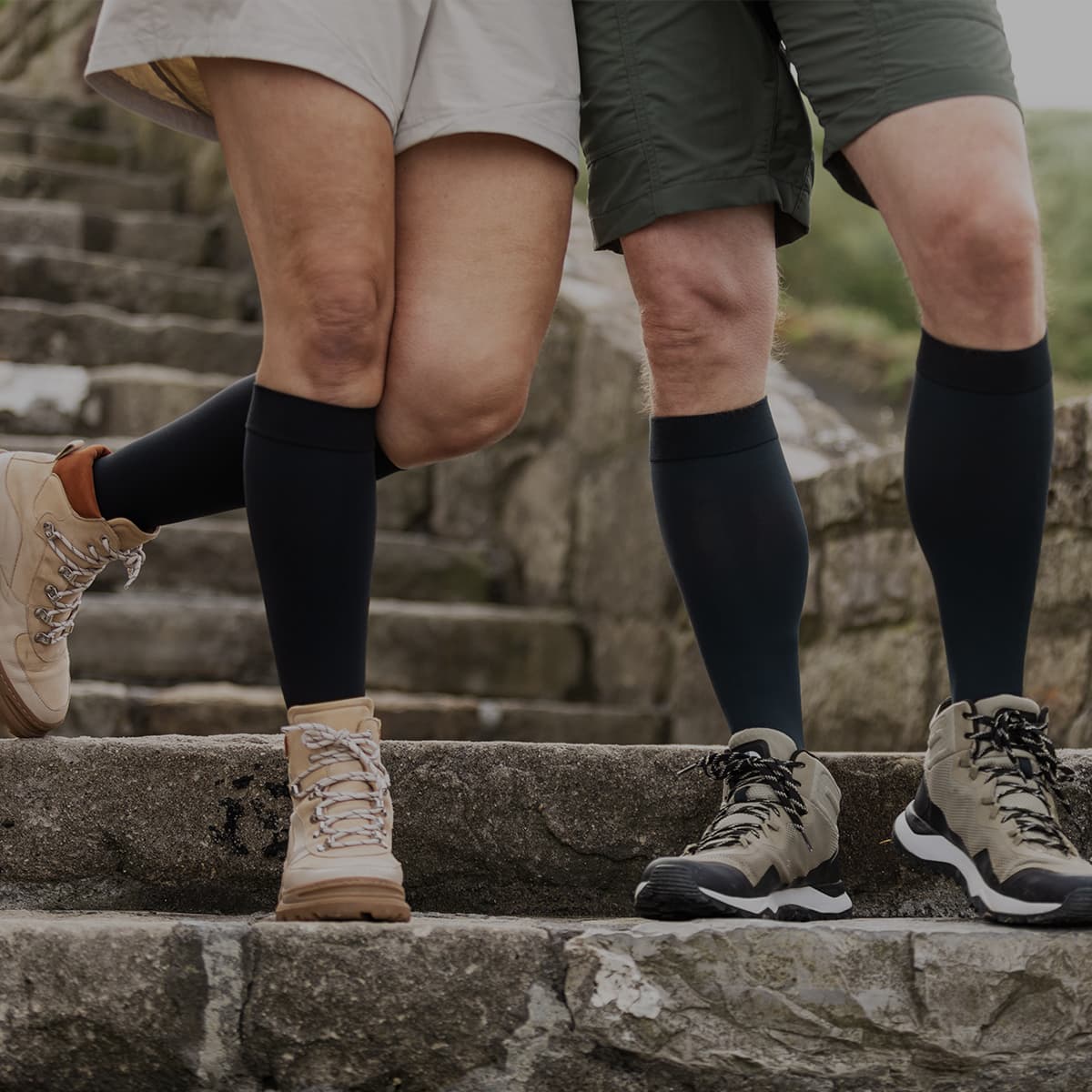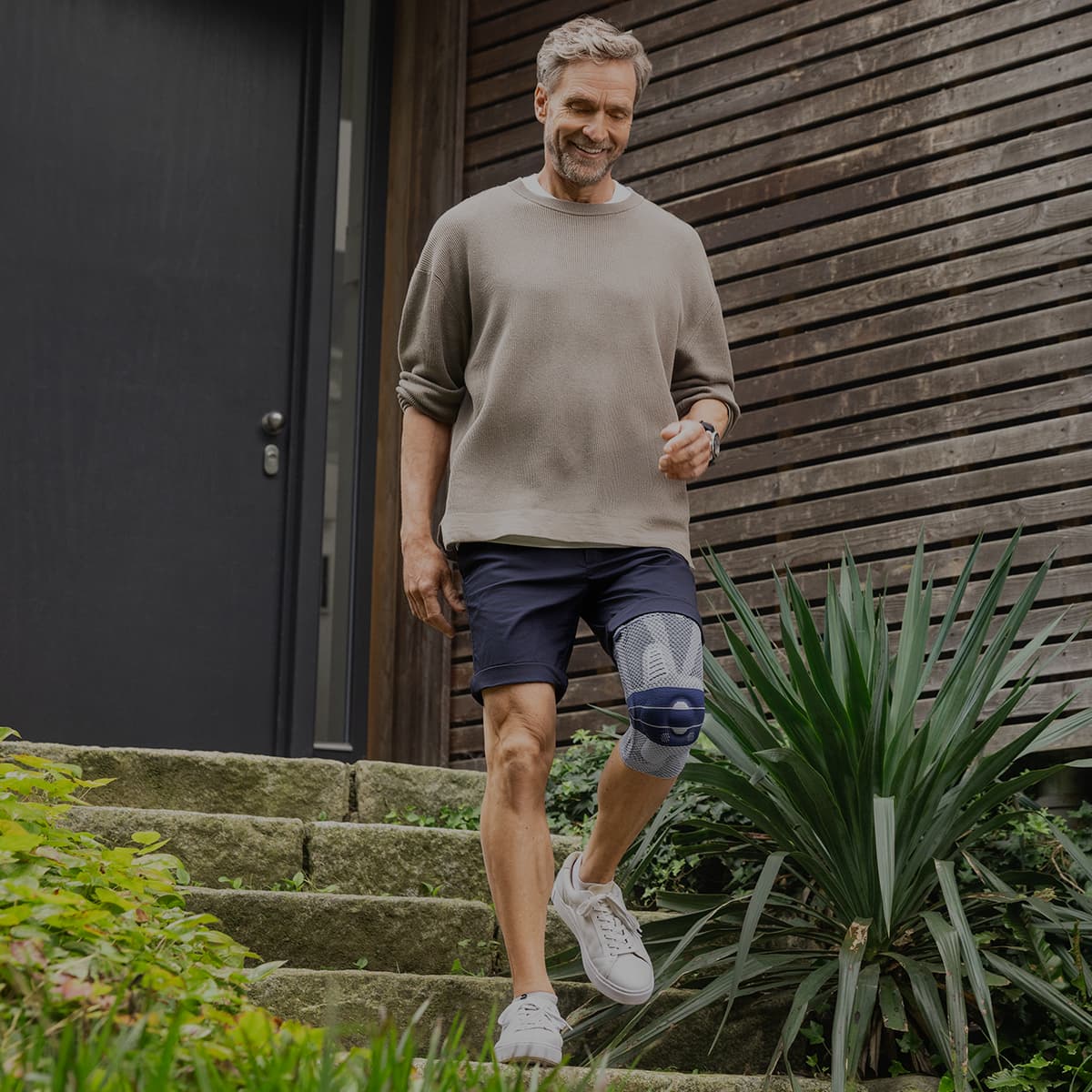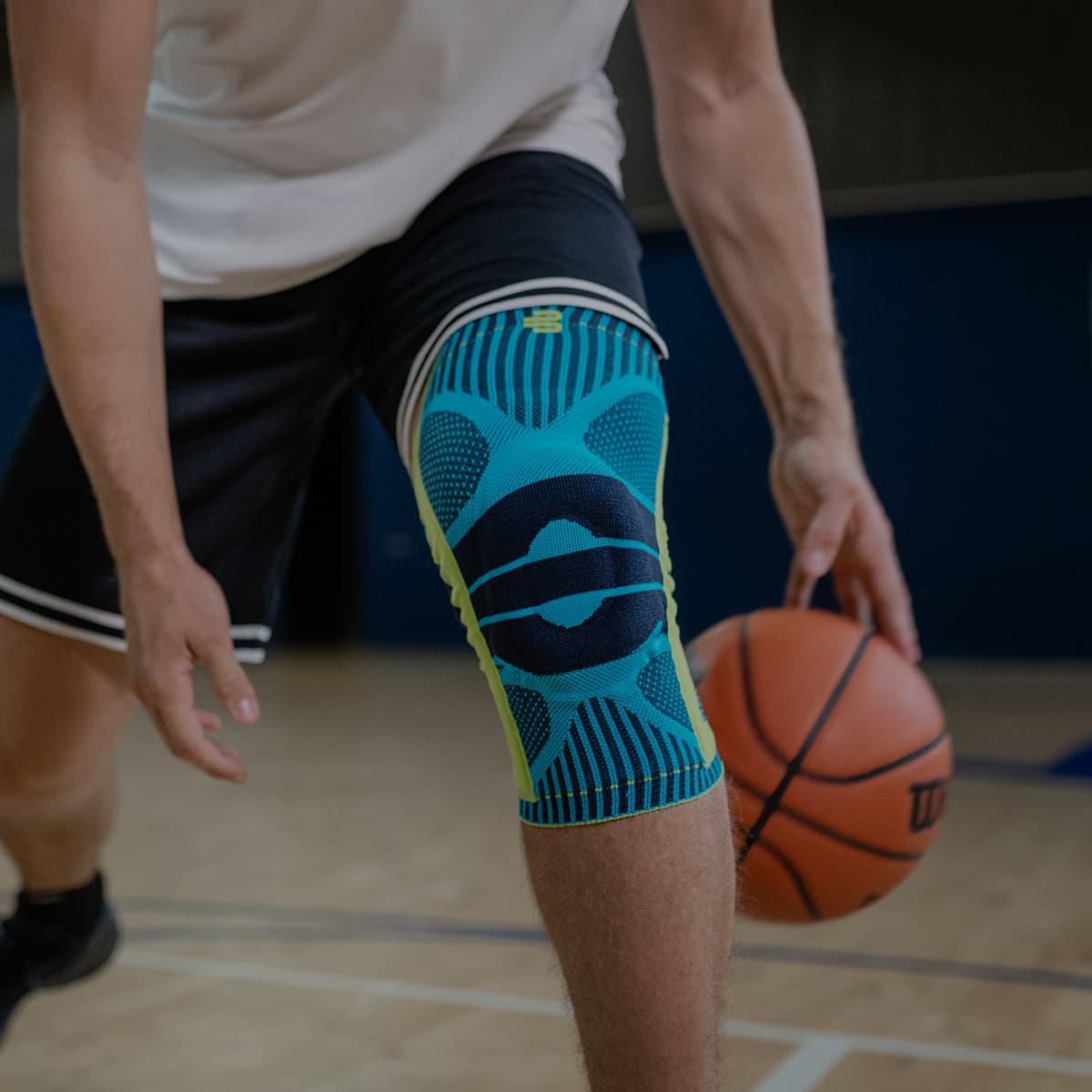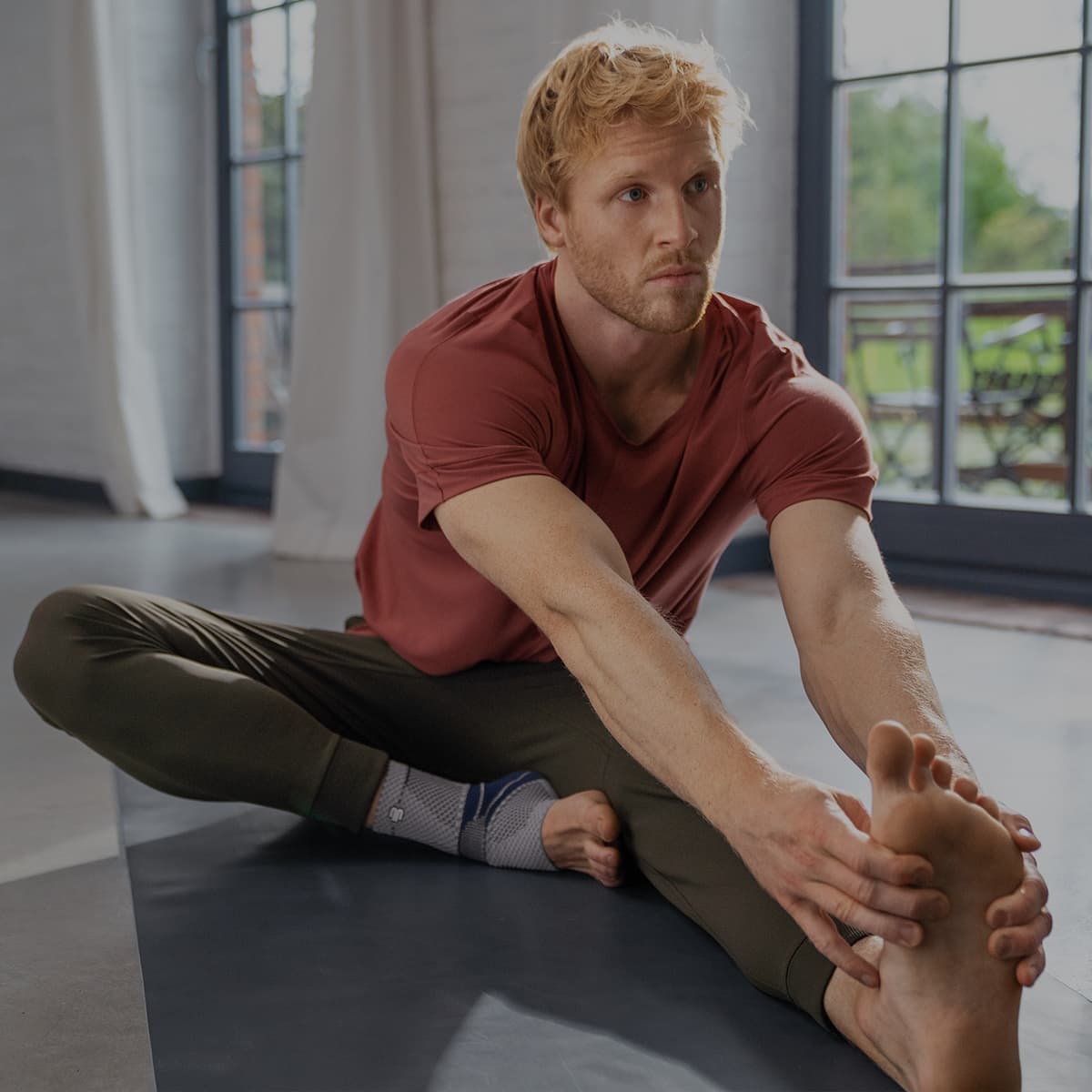Our Workout Videos Are Put Together By Specialists To Help You Get Active And Stay Injury-Free.
Did you recently injure your ankle or get ankle surgery? The single-leg 4-way Reach is a fantastic exercise to add to your rehabilitation routine. Learn all its benefits and how to do it properly.
The benefits of the single-leg 4-way reach
This exercise helps restore balance and coordination in the ankle and general lower body following an injury or surgery. It activates the muscle groups supporting the ankle joint, improving stability and strength. As it is low-intensity, it works well as part of a rehabilitation routine.
The 4-way reach can also help you improve balance and proprioception in healthy ankles and legs.
- Stand upright on a flat, level surface.
- Spread your feet hip-width apart.
- Shift your weight onto one foot and spread your arms to the sides to assist with balance.
- Reach forward, backward, and backward diagonally inside and to the side with the free foot.
- Your support leg should be slightly bent and your back neutral throughout the exercise. You should also keep the heel of your foot firmly planted.
- Perform this exercise using slow, carefully controlled movement.
Support your 4-way reach with an ankle brace
The Bauerfeind AchilloTrain Ankle Brace's unique features help support the Achilles tendon and reduce pain experienced there, easing the performance of exercise and everyday activities.
If you require assistance selecting the right product for your needs or wearing the brace, call us on 098015660 or contact us via live chat.
Do you have private health? Most private health extras will cover Bauerfeind Products. Check to see if yours is included. Bauerfeind Private Health Insurance Inquiry.
This information is provided for general information purposes and should not be relied on as a substitute for medical advice, evaluation or care from a qualified and licensed healthcare provider. The information contained here should not be considered a plan of care or physical therapy.

